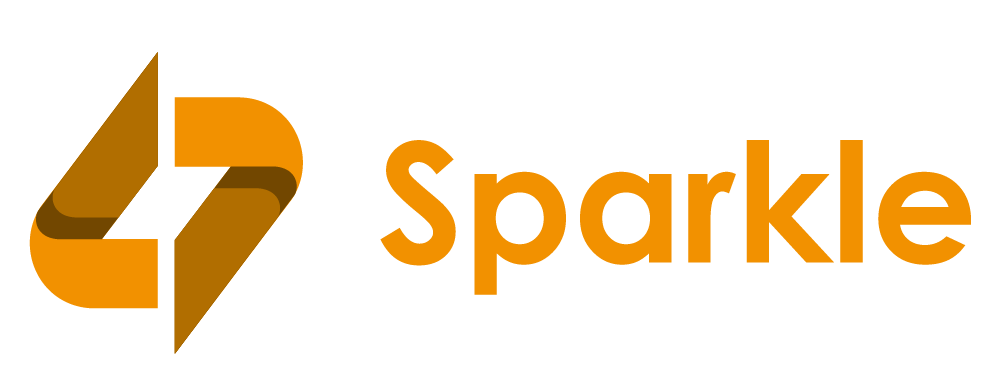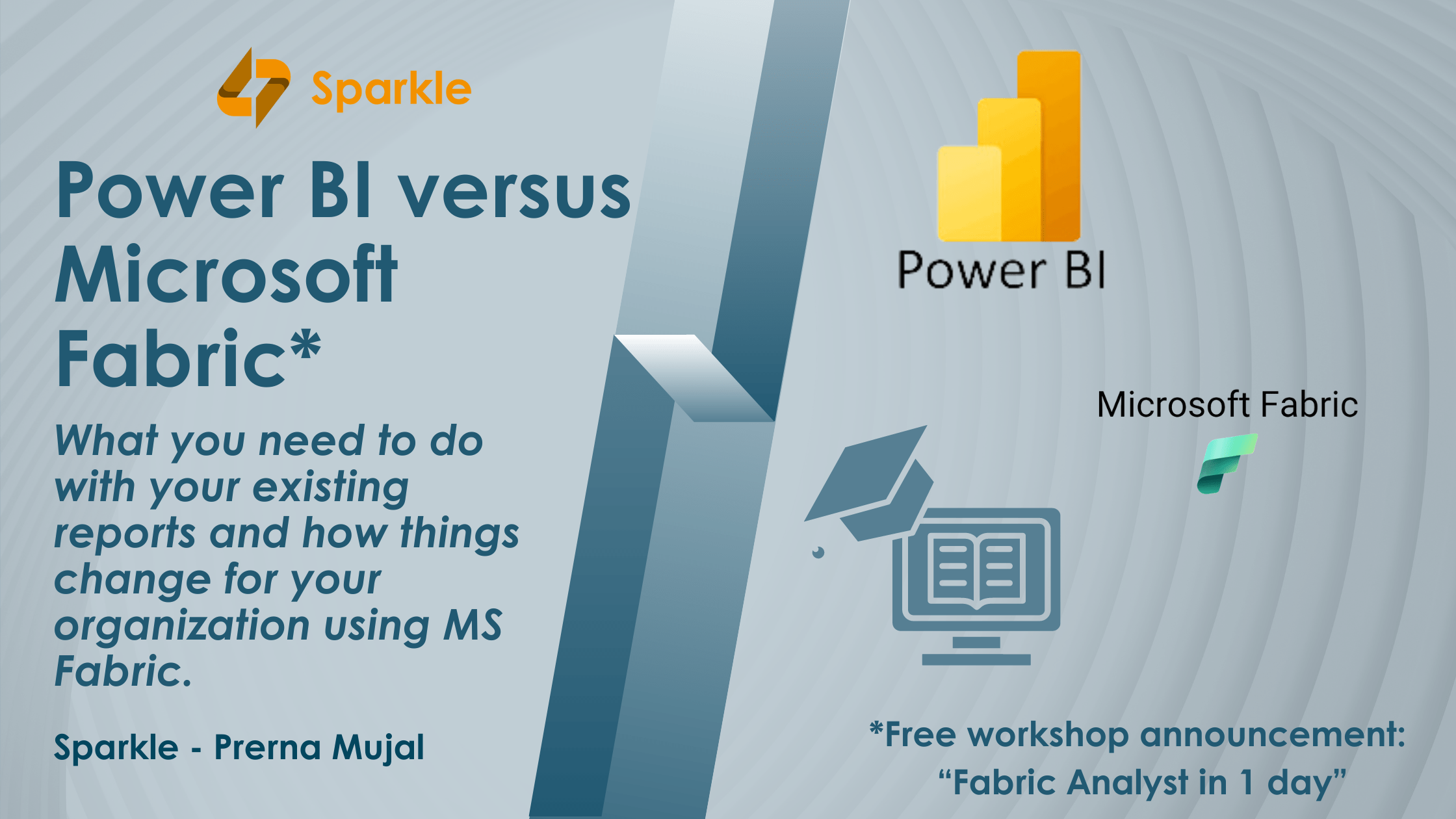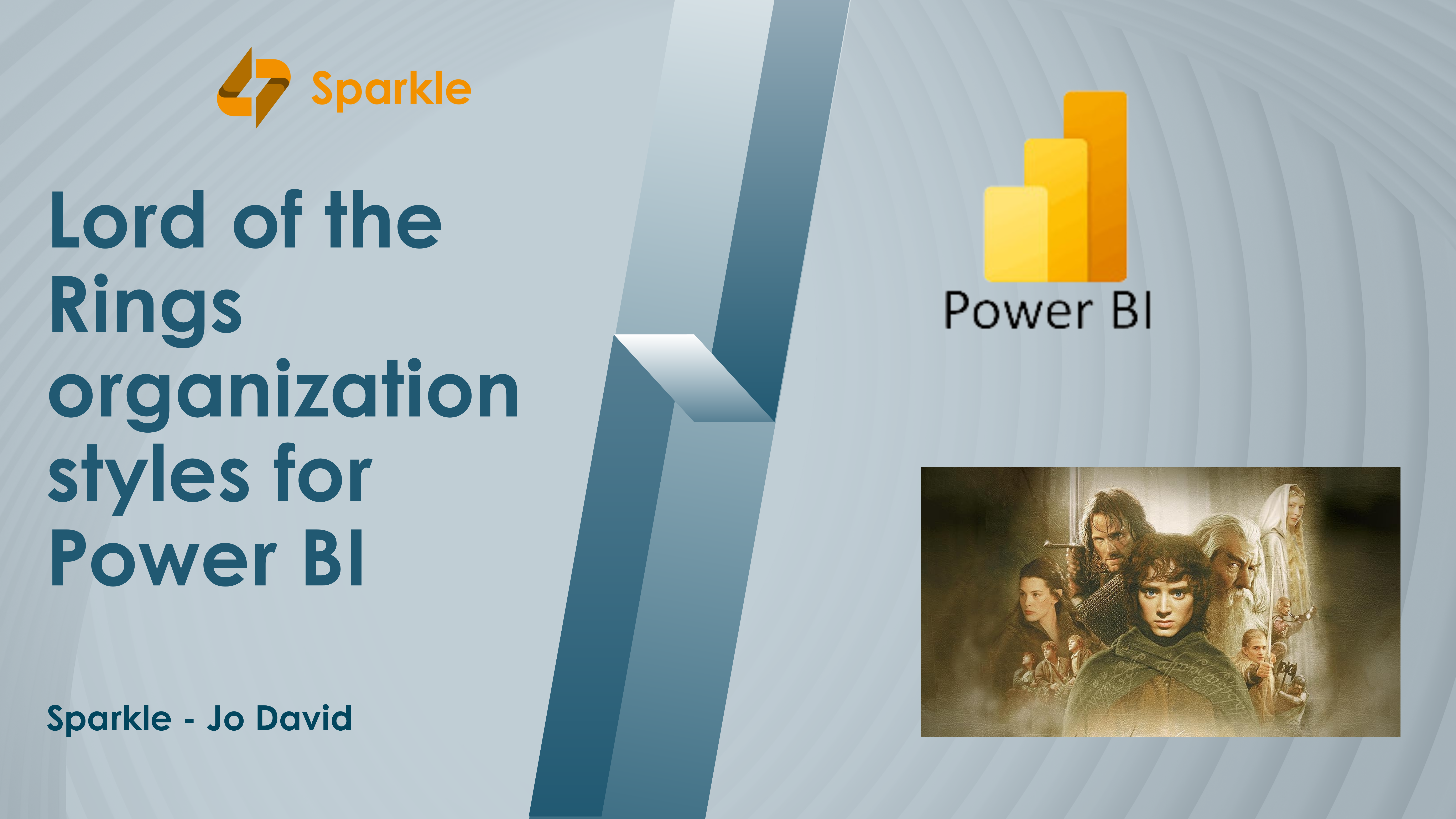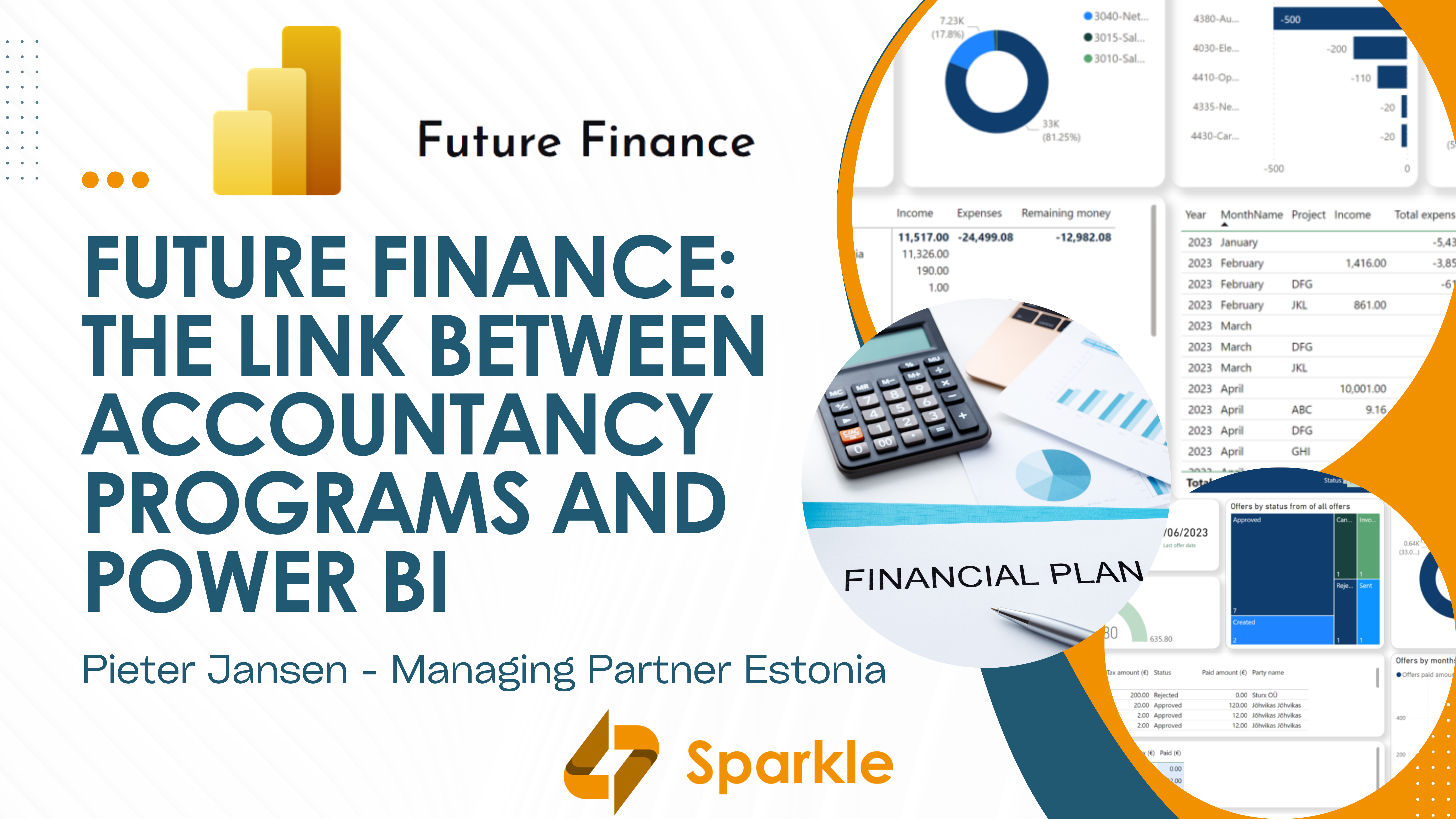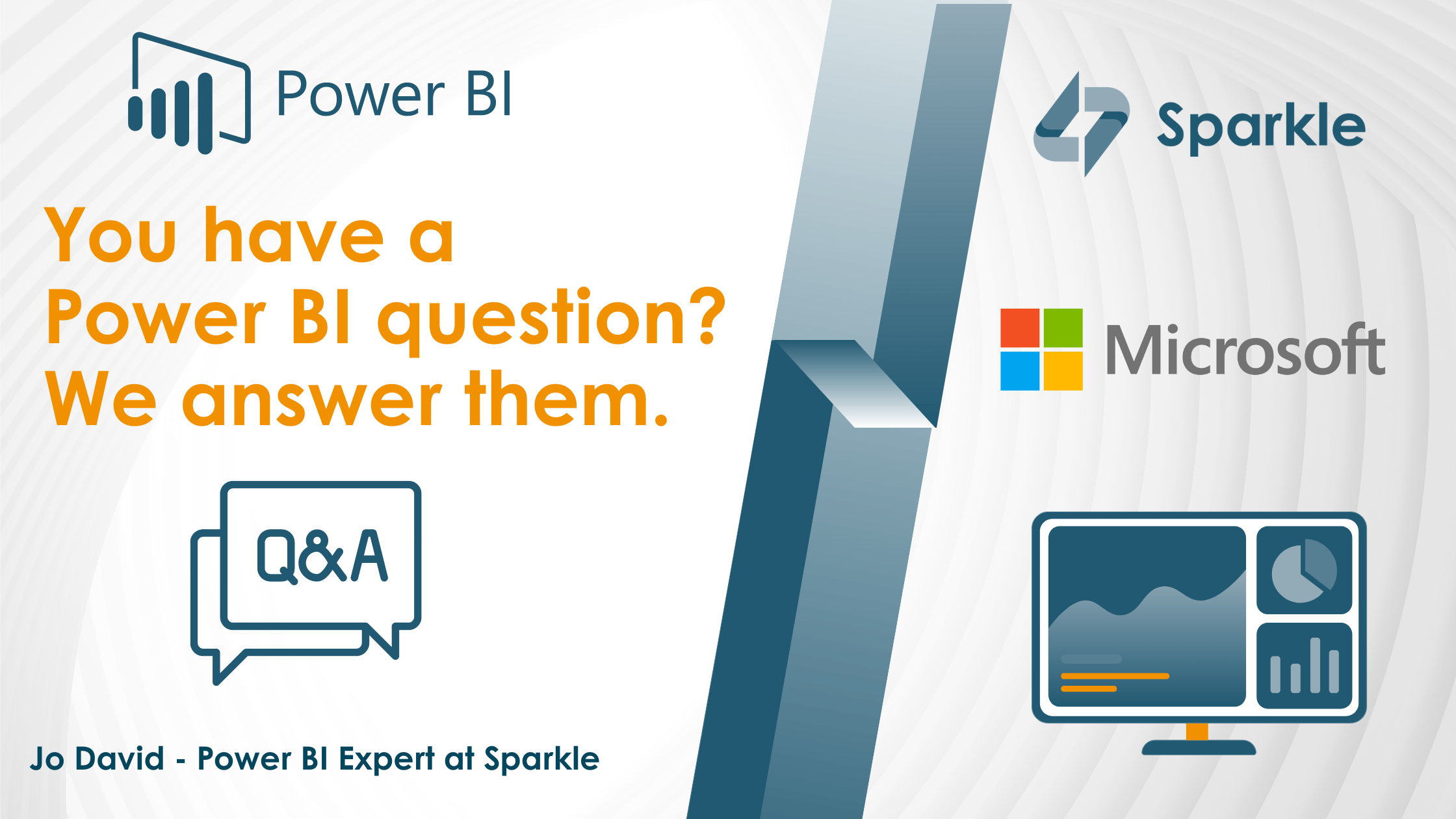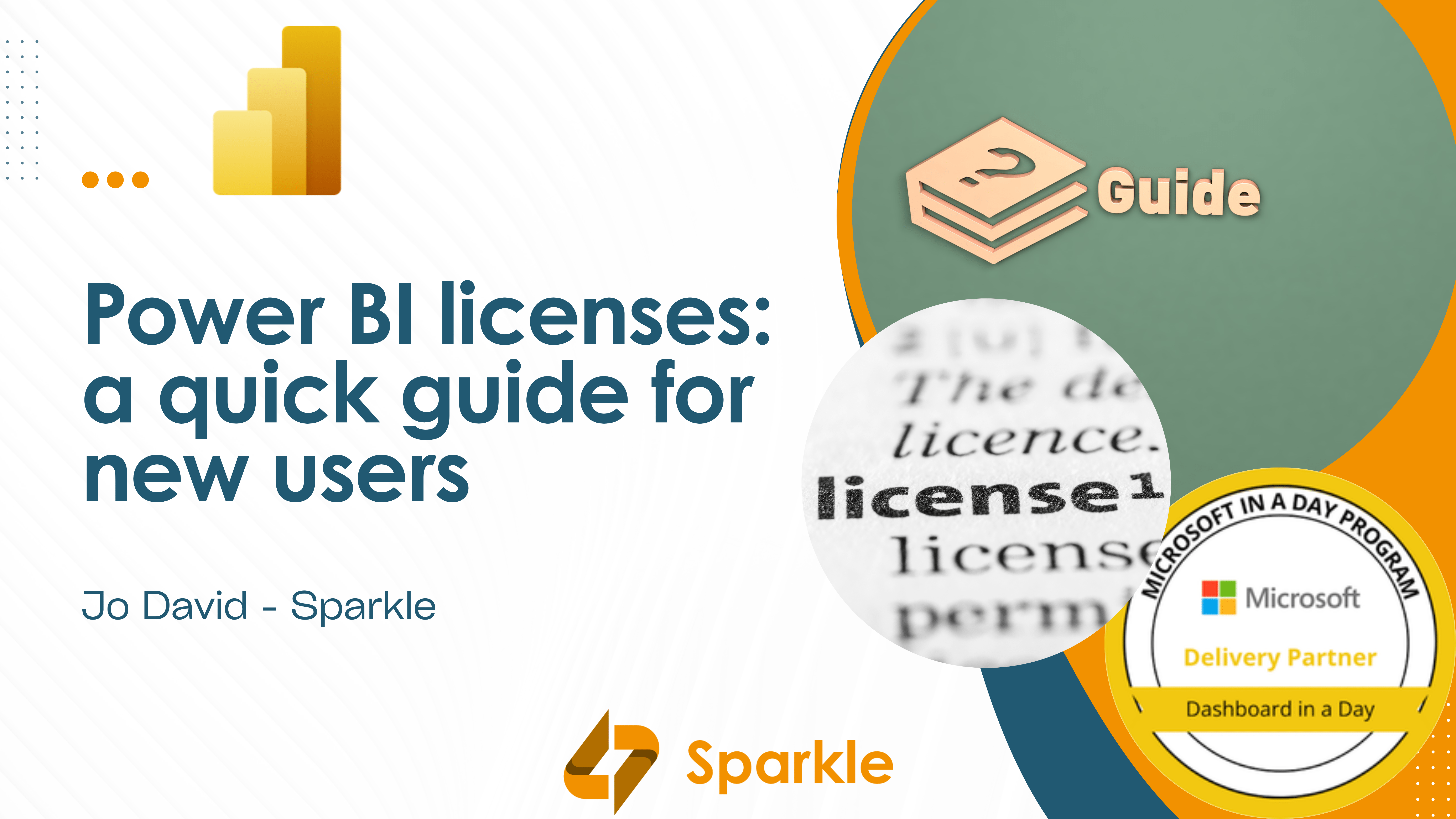As a Power BI user, you might be wondering what you need to do with your existing reports and how things change for your organization when Microsoft Fabric comes into the picture. In short, not many changes, as Microsoft PowerBI is a part of Microsoft Fabric.
Microsoft Fabric serves as a well-rounded solution for storing, managing, and analyzing data. Power BI primarily focuses on data visualization and reporting. Even though PowerBI is a part of Microsoft Fabric, it operates independently.

Enhancements
With Microsoft Fabric’s introduction, additional enhancements have been made to Power BI capabilities. The new capabilities are Git integration, Direct Lake mode and editing data model on web.
Git integration in Microsoft Fabric enables developers to integrate their development processes, tools, and best practices straight into the Fabric platform. It allows Fabric developers to:
- Backup and version their work
- Revert to previous stages as needed.
- Collaborate with others or work alone using Git branches.
- Apply the capabilities of familiar source control tools to manage Fabric items.
Considerations and limitations
- Currently, only Git in Azure Repos with the same tenant as the Fabric tenant is supported.
- If the workspace and Git repo are in two different geographical regions, the tenant admin must enable cross-geo exports.
- Azure DevOps on-prem isn’t supported.
- Sovereign clouds aren’t supported.
Direct Lake mode
Direct Lake is a fast-path to load data from the lake directly into the Power BI engine for analysis. It’s based on loading Parquet-formatted files from a data lake without querying a Lakehouse endpoint or importing data into a Power BI dataset.
It also supports row-level security and object-level security, ensuring users only see authorized data. Data changes in OneLake are automatically reflected in Direct Lake models, though manual refresh can be enabled for data management flexibility.
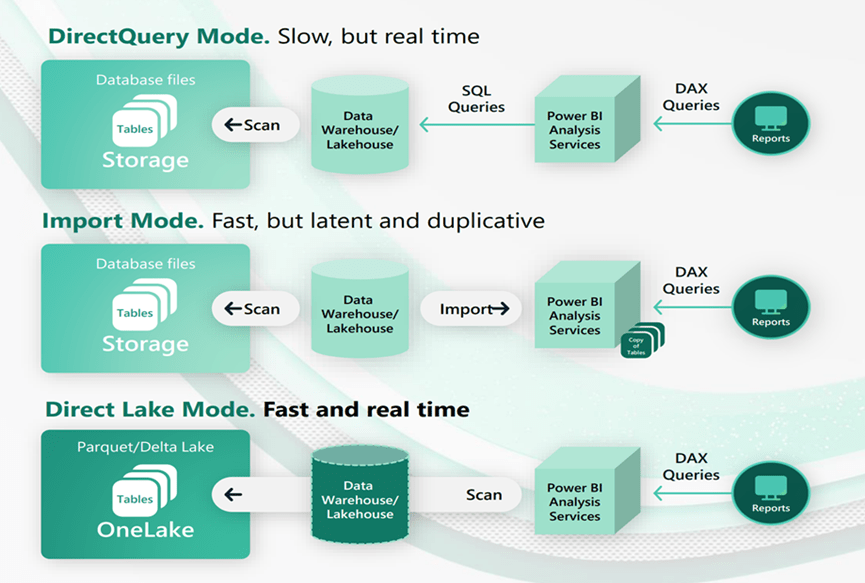
Prerequisites for Direct Lake
Direct Lake is supported on Power BI Premium P and Microsoft Fabric F SKUs only, not on Power BI Pro, Premium Per User, or Power BI Embedded A/EM SKUs.
Editing data model on web:
With data model editing in the web users can add or modify relationships online. It is also possible to create and edit measures and calculated columns.
Power BI vs Fabric: Architecture
Microsoft Fabric serves as a versatile and holistic solution for storing, managing, and analyzing data. It has seven workloads:
- Azure Synapse: Synapse Data Engineering, Data Science, Data Warehouse, real time analytics
- Azure Data Factory
- Power BI
- Data Activator
Microsoft Fabric is built on OneLake, which serves as a storage layer for fetching data from cloud warehouses and lakes.
Power BI, on the other hand, focuses mainly on data visualization and reporting, functioning independently within the Microsoft Fabric ecosystem. Its key elements include:
- Power BI Desktop
- Power BI Online/Service
- Power BI Mobile
- Power BI Report Builder
Power BI vs Fabric: Security & Governance
Power BI employs Role-Based Access Control (RBAC) and Row-Level Security (RLS) for granular data access control. Other features include:
These features collectively enable you to secure your data, enforce access controls, track user activities, ensure data accuracy, and collaborate effectively within a secure environment.
For data security, Microsoft Fabric is equipped with:
- Conditional Access: allows you to control access based on user identity and location
- Regional Resiliency: ensures data reliability through replication across Azure availability zones
- Lockbox: gives you explicit approval control over Microsoft engineers’ access to your data
Power BI vs Fabric: Licensing

- Power BI’s P1 SKU is equivalent to a Fabric F64 SKU.
- Power BI Premium capacity provides all Fabric capabilities.
- Power BI free license is renamed to MS Fabric free license, allowing report creation within your workspace but restricting report sharing.
- Power BI Pro License allows creation and sharing of reports with other Power BI PRO users.

Report consumption
For business users:
- Users on Fabric capacity F64 SKU or higher or on Power BI Premium capacity can consume content without a Pro license.
- Users on or below F32 SKU require a Power BI Pro license to consume reports.
- Power BI premium per user offers similar functionality as Premium capacity but with partial access to Microsoft Fabric at a lower total cost.
Ready to explore Fabric and what is has to offer? Join our free & 1 day workshop, “Fabric Analyst in a Day” on April 17th 2024 (online – 09:00 – 17:00), and discover how Fabric can transform your Power BI experience.
This workshop is designed for (intermediate) Power BI users who want to upskill their data analysis know-how with Microsoft Fabric. New to Fabric? No problem!
In this one-day session, you’ll learn how to:
- Unify your data: Effortlessly combine data from all your sources into a single, reliable source of truth.
- Streamline your workflow: Automate data pipelines and say goodbye to manual data manipulation.
- Unlock deeper insights: Leverage Fabric’s clean data foundation to generate powerful reports in Power BI with automatic refresh.
This workshop will equip you with the skills and knowledge to make data-driven decisions. Register quickly, because spaces are limited.
ABOUT THE AUTHOR

Prerna Munjal
Data Engineer
Discover more content from our blog
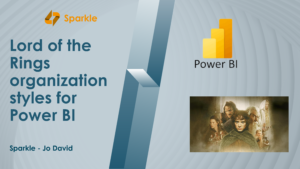
Lord of the Rings organization styles for Power BI
Check your Power BI organization according to the world of Tolkien: are you organized like Hobbits, Orcs, Dwarves or Sauron?
This unique approach explained by our Sparkleer Jo uses the legendary journey of Frodo Baggins to guide you through different organizational structures. Discover how to create a harmonious Power BI environment for your business.
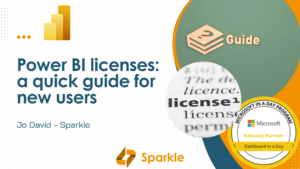
Power BI licenses: a quick guide for new users
Sold on Power BI, but do you need licenses? Unlocking the potential of Power BI licenses can feel overwhelming. Our colleague Jo wrote this post to help you navigate the different options and costs.
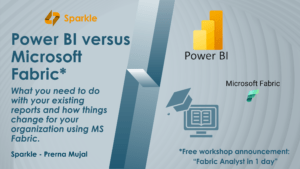
Power BI versus Microsoft Fabric
Power BI versus Microsoft Fabric: what you need to do with your existing reports and how things change for your organization using MS Fabric. This blogpost includes our “Fabric Analyst in 1 day” workshop as well.
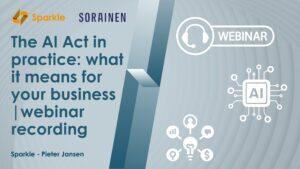
The AI Act in practice: what it means for your business | webinar recording
The AI Act in practice: what it means for your business. In this blogpost you can find the recap of our webinar we hosted together with our legal partner Sorainen and watch the webinar recording.
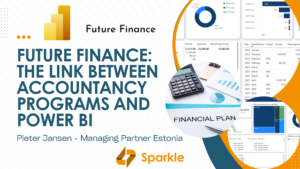
Future Finance: the link between accountancy programs and Power BI
With Future Finance plugin to power bi we make it easy for business managers and financial advisors to easily create a financial plan. Find out more.
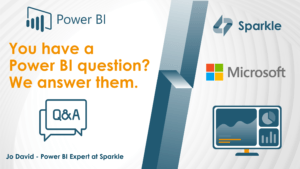
Power BI tips & tricks by Sparkle
In this Power BI Tips & Tricks column we will answer your Power BI related questions. The 1st question was: how can you change your alphabetically sorted data?
